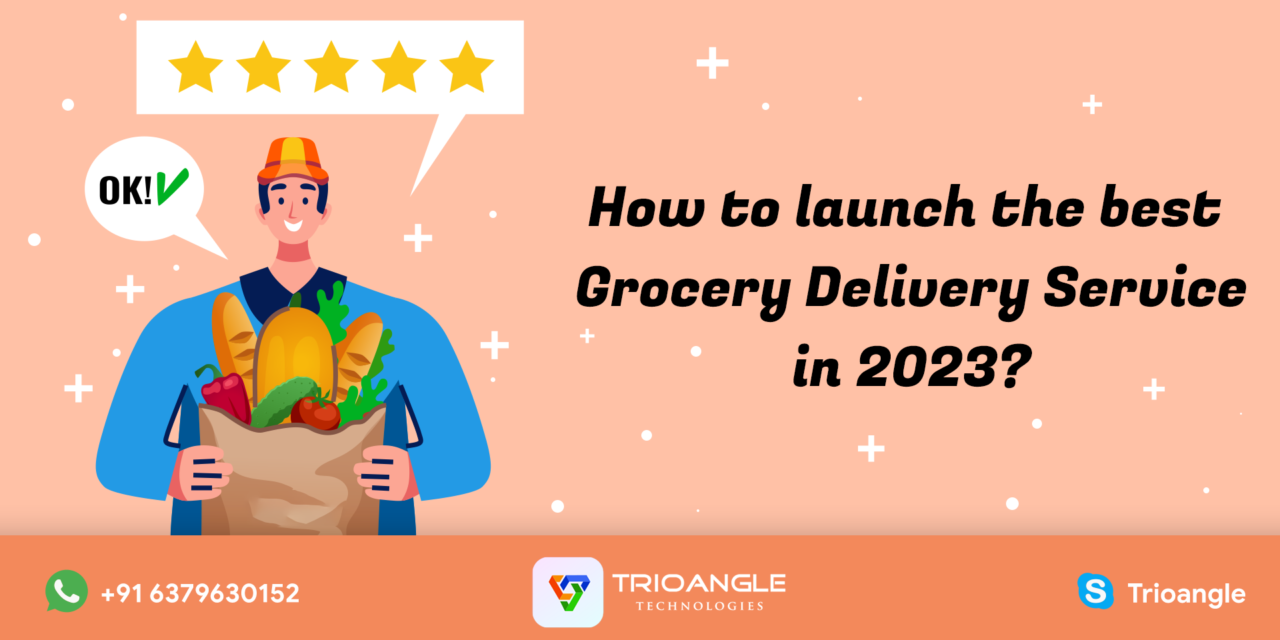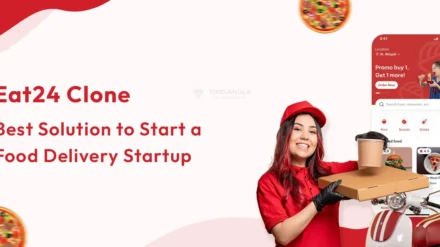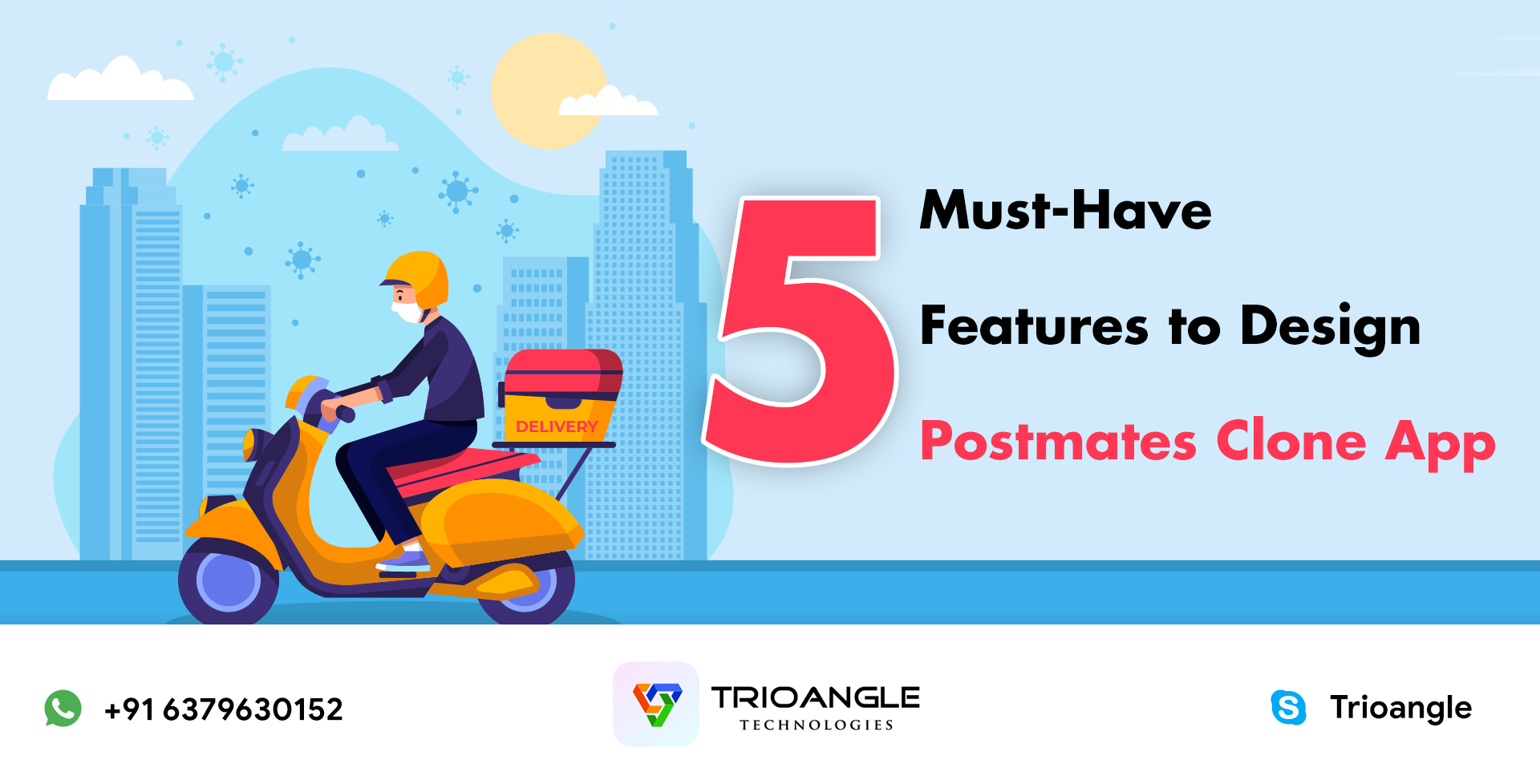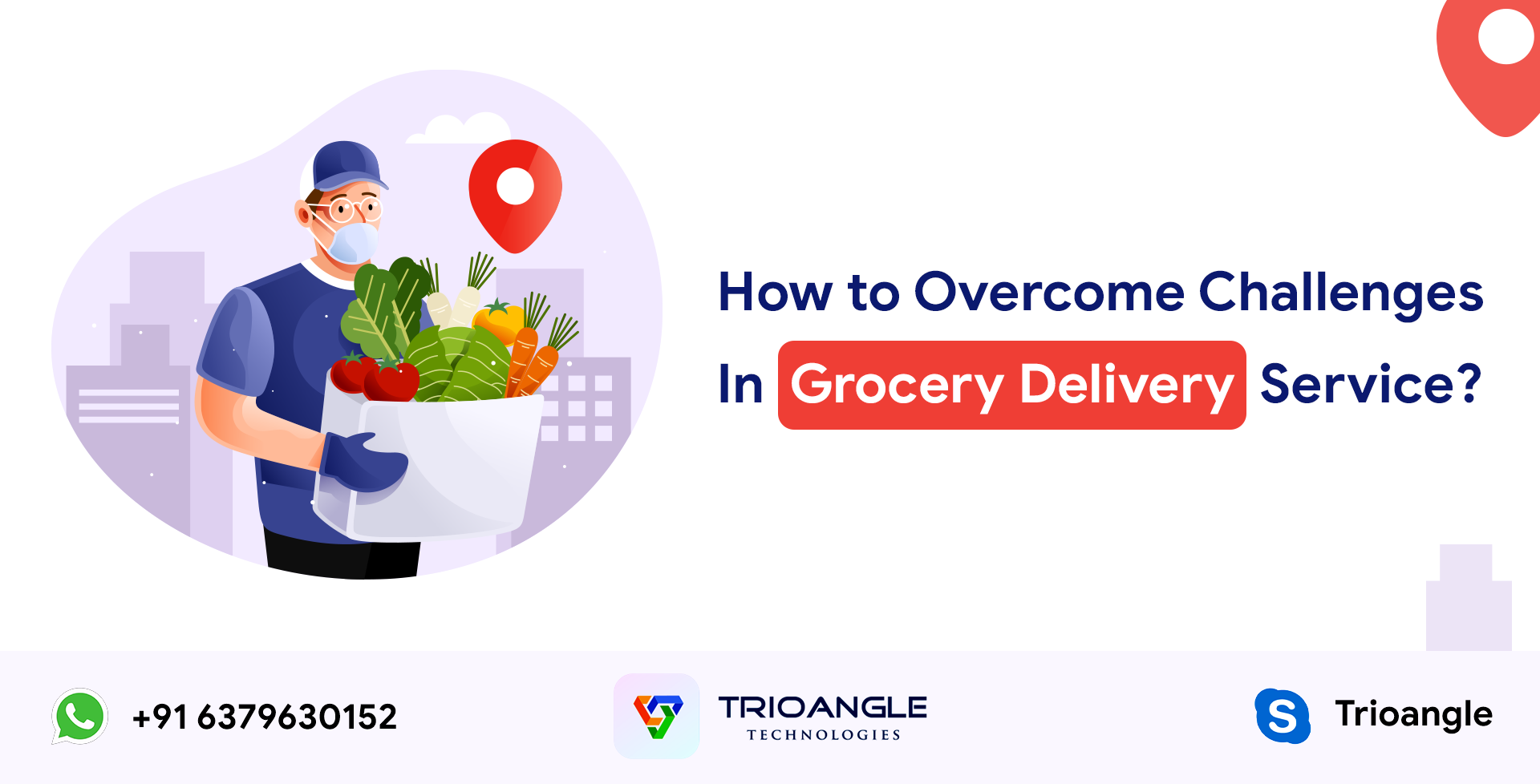It’s no wonder that COVID-19 mixed up many aspects of our lives. Even though most people associate lockdowns with a complete host of negatives, some industries profited from them. Delivery services are one of those industries.
In his Blog, We are going to talk about how Grocery Business can be started in 2023.
Look at these stats, it’s no surprise that grocery delivery brands leveled up their game over the pandemic
Revenue that has been obtained from the Grocery Delivery Services
Grocery Delivery Services revenue has been awake since January 2019 21.2% in the US and 56.8% in Canada. During the pandemic, the average grocery delivery spending per consumer per month peaked at $354.84 in Canada and $249.74 in the US.
Revenue in the Grocery Delivery component is projected to achieve US$122.50bn in 2022 and is expected to show an annual growth rate of 18.73%, resulting in a projected market volume of US$289.00bn by 2027.
- The market’s biggest part is Grocery Delivery with a projected market volume of US$92.97bn in 2022.
- In global comparison, most revenue will be developed in China (US$171.00bn in 2022).
- The average revenue per user in the Grocery Delivery part is projected to amount to US$1.05k in 2022.
- In the Grocery Delivery segment, the number of users is expected to amount to 164.5m users by 2027.
- User penetration in the Grocery Delivery segment will be at 34.8% in 2022.
While the moderate grocery delivery spending per month is now more down than during lockdowns, it is still 4-8% higher than pre-pandemic levels.
This stat means that people still like to order groceries for delivery even after the pandemic has given its rise.
So, what makes those people continue ordering groceries through delivery after the pandemic when it isn’t strictly required anymore?
Why do some people use delivery, and some go back to in-store shopping?
And how can grocery delivery retailers keep their consumers in the long term?
We brewed up a new study to answer these questions related to grocery app development.
A total of 1000 North Americans were asked about their habits and choices when ordering groceries through delivery services.
Users and non-users were told why they ordered or don’t use delivery brands.
Eventually, they also said what offerings would make them use grocery delivery better.
Here’s what the sample looks like:
– Base size: 1000
– US, Canada
– 50% male, 50% female
– Adults aged 18+
While low prices and quicker delivery speeds are the most famous overall, some sub-groups have additional favorites.
When tested other grocery delivery offers, the two that reached out on top of the picture screening exercise were
“More discounts / special sales that aren’t available in-store” and “Faster speed (e.g., delivers under 1 hour, etc.)”.
These offers seem to be most widespread across every sub-group, indicating that customers are extremely curious and committed to them.
Non-users are less interested in quick delivery speed and additionally interested in eco-friendly choices.
Non-users don’t find fast delivery all that noteworthy. Maybe this offering doesn’t involve their lifestyle, e.g., they have time to go shopping in-store or have a grocery store within walking distance.
On the other hand, they’d be more curious about using a grocery delivery service if it suggested environmentally friendly industries, like plastic-free packaging.
Maybe non-users who shop in person obtain their own bags to decrease plastic waste. If they were proceeding to use a Grocery delivery service, they mitigate the quantity of plastic packaging/bags.
People don’t order groceries as frequently now as they used to.
Stats of Grocery Delivery Services
Drop’s data showed that the frequency of grocery delivery has dropped since the pandemic.
In the US, it’s only 7% higher than pre-COVID. In Canada, it’s 18%. But I wanted to know what this looks like in reality.
When asked consumers how frequently they used a Grocery Delivery Service the first time, over 30% said they called at least once a week.
44% predicted to have ordered at least monthly. But when asked how often Customers use these services now, 27% said at least once a week, and 39% said at least monthly.
While the fall is not that extreme, it still suggests some softness in frequency. This makes you to tie up with the grocery app development.
The more Grocery Delivery Service brands people attempt, the more possible they are to execute to obtain groceries delivered regularly
We wanted to gather out how shoppers’ behavior changes if they use several grocery delivery brands.
The outcomes indicate the number of brands that a person operates. This instantly associates with their commitment to grocery delivery. This is assured via the right grocery delivery app development.
Almost 20% of customers have utilized more than 3 delivery retailers. The point that people use more brands is actually the right thing;
The more people try, the more likely they find an opportunity that works for them and commit to it.
After all, 49% of explorers order grocery delivery at least once a week.
For Customers:
Why stand in a long queue at the supermarket if you have groceries delivered via a tap of a button in the grocery delivery app?
What They Get:
- Comfort
- More useful Shopping Experience
- Hold Costs
- Access to Order History
- Facility to Repeat Orders
For App Owners:
Why incur stocking and rental charges? when do vendors procure in the grocery business?
What They Get:
- Price Savings
- Better Client Service
- Fully Exact Recordkeeping
- Better Brand Reach
- More Consumer Loyalty
Top Players in the Grocery Delivery Industry
- Walmart+
- Instacart
- Shipt
- Target
- Kroger
- Amazon Fresh
- Whole Foods Market
- GoPuff
- FreshDirect
- Boxed
How did these Grocery Delivery Apps make the cut?
These grocery delivery apps offer same-day delivery to consumers only at the tap of a button.
What’s more?
Consumers can place orders from several stores at once.
- They can smoothly reorder their favored products.
- The app owners keep refining features/processes to trade with product substitutions, shopper mistakes and promoting tipping.
Wrapping Up
Grocery delivery services are the high-demanding business option in 2023. The trends that change the grocery delivery market are more. Following emerging trends, the grocery delivery market enters a new dimension.
To meet these trends, an updated grocery delivery business is the essential thing that takes the business level to new heights. Grocery delivery apps are the key solutions. Let’s start the grocery business right now.





